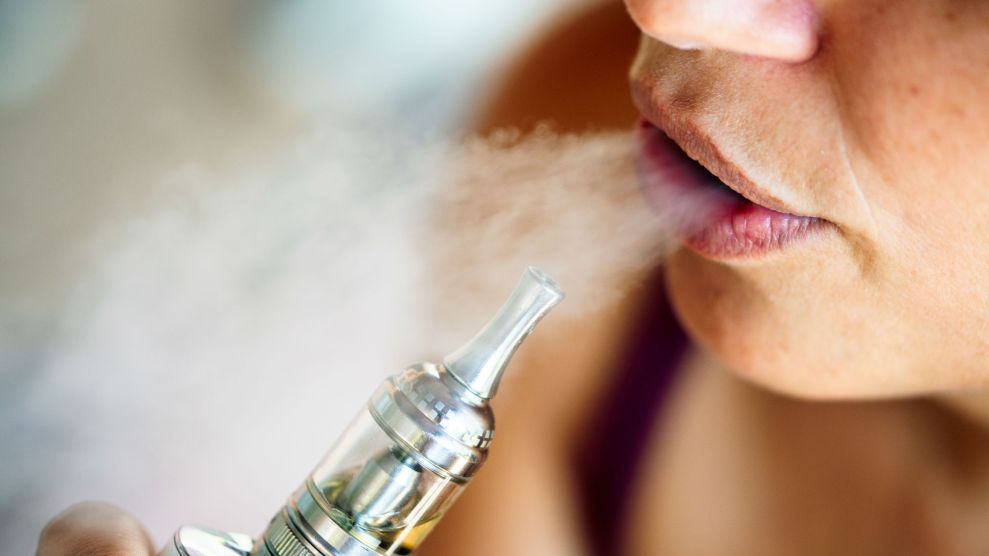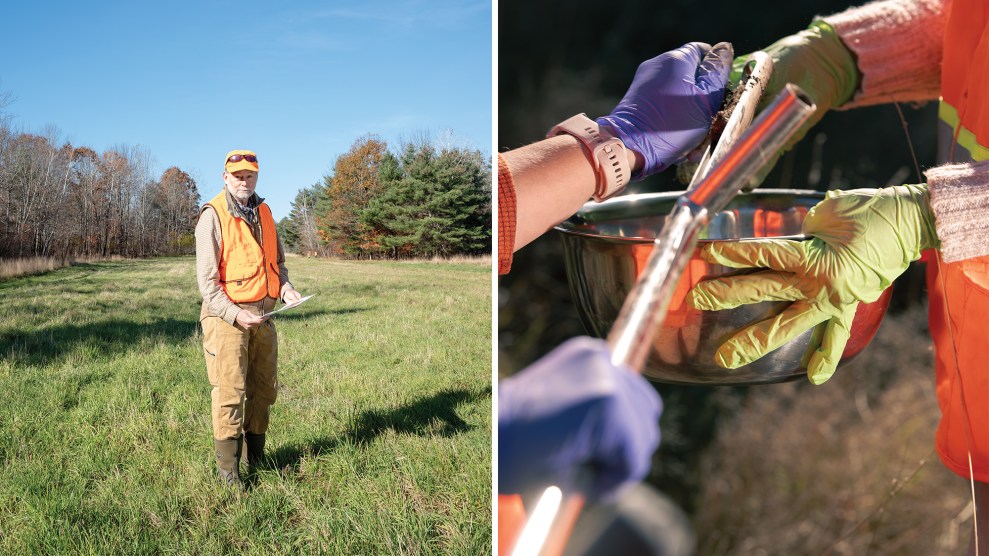
nd3000/Getty
The Centers for Disease Control and Prevention announced new lab results on Friday that identify a chemical that may be the cause of recent vaping-related lung illnesses: vitamin E acetate, a thickening ingredient.
Health officials tested lung fluid from 29 people who fell ill after vaping—and detected vitamin E acetate in all samples. The findings are a major step forward in the investigation into the mysterious lung illness that has so far killed 39 people and sickened more than 2,000 people in the US.
“This is the first time,” the CDC’s press release reads, “that we have detected a potential chemical of concern in biologic samples from patients with these lung injuries.”
Vitamin E, which is found in dietary supplements, cosmetics, and foods like meat, fruit, and vegetables, is typically safe to ingest or apply to the skin, the CDC says. But it may not be safe to inhale. Vitamin E acetate is also a new additive, found mostly in illicit cannabis products, according to marijuana news site Leafly.
Still, it’s still not totally clear whether products containing THC (the psychoactive molecule found in cannabis) or nicotine are to blame, though the results indicate the former: In the 29 lung fluid samples tested by health officials, THC was identified in 82 percent of them; 62 percent of the samples contained nicotine. Most patients reported a history of using THC vaping products, according to the CDC. As I wrote in September, these results reinforce early findings made by state health officials about vitamin E acetate.
In light of this discovery, it’s worth noting that we don’t know much about the long-term impacts of vaping:
Modern nicotine e-cigarettes have only been around in the United States for a little more than a decade. With a lack of long-term studies, it’s unclear what the health effects will be for users later in life. For example, according to an extensive 2018 report published by the National Academies of Sciences, Engineering, and Medicine, there have been no long-term studies on the effect of nicotine e-cigarettes on cancer in humans, though there is “substantial evidence” that some chemicals present in nicotine e-cigarettes (e.g., formaldehyde) “are capable of causing DNA damage” and could increase cancer risk.
…Cannabis vaporizers have been on the market for about the same amount of time, but because marijuana is still technically a Schedule I drug under federal law, studying it has an added layer of bureaucracy. “Now that it’s being legalized, more and more scientists are trying to study [marijuana], but it wasn’t fully studied before,” Zelikoff says. “There are very few scientific studies.”
The CDC recommends that people continue to steer clear of vaping products that contain THC and refrain from buying “any type of e-cigarette” off the street.
















